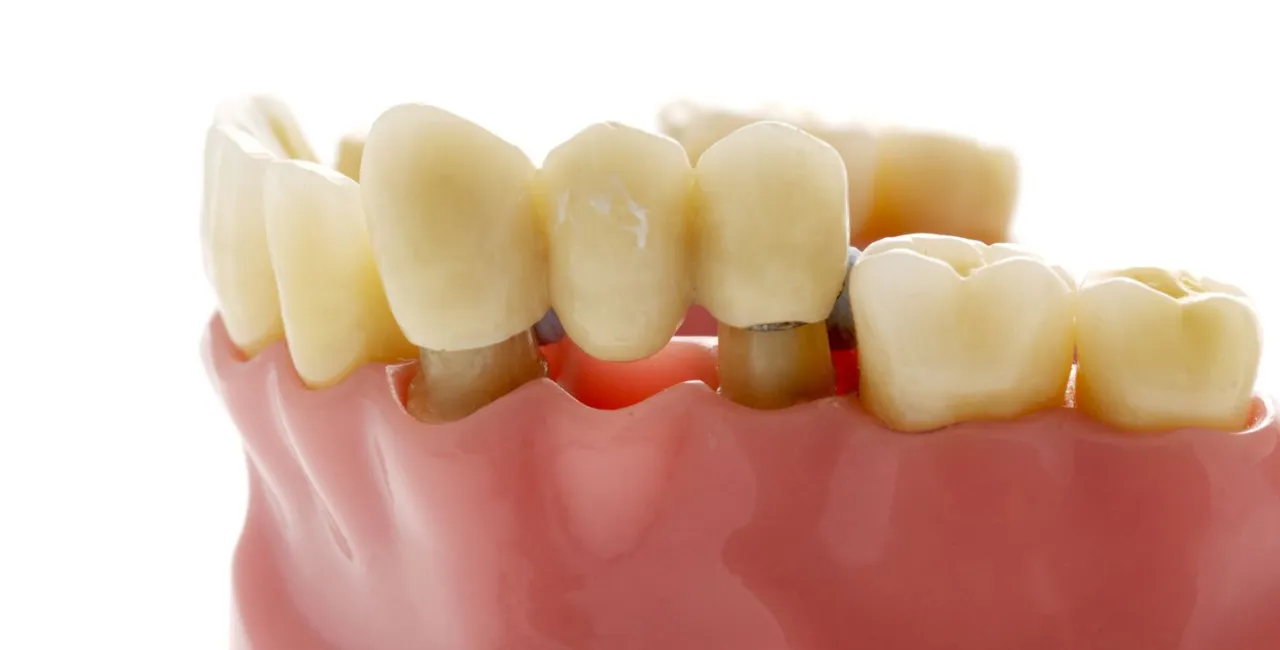

A beautiful smile is one of the most noticeable features a person can have, and many invest in dental restorations to maintain that brilliance. Among the most common solutions are dental crowns and bridges, which restore function and aesthetics after tooth loss or damage. However, a common question many patients ask is whether these restorations can stain or discolour over time—just like natural teeth. If you’re considering or already have a crown and bridge, understanding how they respond to everyday staining agents is key to preserving your smile.
At White Perfect Dental, we believe in helping our patients make informed decisions and take great care of their dental work. In this article, we dive into the truth about crown and bridge staining, and what you can do to keep your restorations looking fresh.
Crowns and bridges can be made from a variety of materials including porcelain, ceramic, zirconia, and porcelain fused to metal. These materials are selected for their strength, durability, and natural appearance.
Porcelain and ceramic restorations are especially popular because they mimic the translucent quality of natural enamel. However, unlike tooth enamel, these materials are non-porous. That means they’re more resistant to staining compared to natural teeth—but not entirely immune.
At White Perfect Dental, we carefully match the shade and material of each crown and bridge to ensure they blend seamlessly with your existing teeth while maintaining long-term durability.
While crowns and bridges are more stain-resistant than natural teeth, they can still discolour slightly over time. Surface stains can accumulate gradually, particularly in the microscopic grooves of the restoration’s outer glaze layer. These stains often originate from common staining agents found in food, beverages, and tobacco. As the glaze wears down with age or from abrasive toothpaste, the surface becomes more susceptible to absorbing stains.
Factors that can lead to surface discolouration include:
It’s important to note that internal staining—like what happens to natural teeth—does not affect crowns and bridges. Instead, any discolouration typically appears as surface staining or a loss of the natural sheen. With time, the contrast between the glossy original finish and stained patches may become more noticeable, affecting the uniformity of your smile.
Preventing stains on crowns and bridges requires many of the same habits used to protect natural teeth. Here’s what you can do:
Additionally, regular dental cleanings at White Perfect Dental can help maintain the appearance of your restorations. Professional polishing can remove surface stains and restore the natural shine of your crown and bridge work.
Unlike natural teeth, crowns and bridges do not respond to traditional whitening treatments such as bleaching gels or whitening strips. These products are designed to penetrate the porous enamel of real teeth and are ineffective on the non-porous surface of dental restorations.
If your natural teeth become whiter over time due to whitening treatments, your crown or bridge may begin to appear darker or mismatched in comparison. In such cases, the only way to improve the colour of your crown or bridge is to replace it.
At White Perfect Dental, we recommend patients complete any desired whitening before receiving crowns or bridges, so we can match your new restorations to your preferred shade.
Yes, but opt for a non-abrasive formula to avoid damaging the glaze or finish of the restoration. Whitening toothpaste won’t change the crown’s colour but can help prevent surface staining.
Professional dental cleaning can remove most surface stains and restore shine, but deep discolouration due to wear or ageing may require a replacement.
With proper care, crowns and bridges can last 10 to 15 years or longer. Regular dental visits help monitor their condition.
Consult your dentist. A replacement may be recommended, especially if you’ve recently undergone teeth whitening or if the crown is older.
Yes, zirconia is highly durable and resistant to discolouration, making it a popular choice for patients seeking long-lasting, aesthetic restorations.
While crowns and bridges are less prone to staining than natural teeth, they still require proper care to maintain their appearance over time. Being mindful of your habits and attending regular check-ups can help keep your crown and bridge work looking as radiant as the day it was placed.
At White Perfect Dental, we offer customised restorative treatments using top-quality materials and shade-matching expertise, with our professional doctors to assist you for that million dollar smile of yours. Visit our blog page to get extra information and contact us to make an appointment. Your brilliant smile deserves long-lasting care and attention.




Fissure sealant
Dental fillings
Root canal treatment
Tooth extraction
Wisdom tooth removal
Crowns & bridges
Branches & Operating Hours
Contact Information
Make an Appointment


Fissure sealant
Dental fillings
Root canal treatment
Tooth extraction
Wisdom tooth removal
Crowns & bridges
Branches & Operating Hours
Contact Information
Make an Appointment
Copyright © White Perfect Dental Surgery Sdn Bhd (Company No. 201001012274 (1000198-P)).
Website Managed by MYSense. All Rights Reserved.